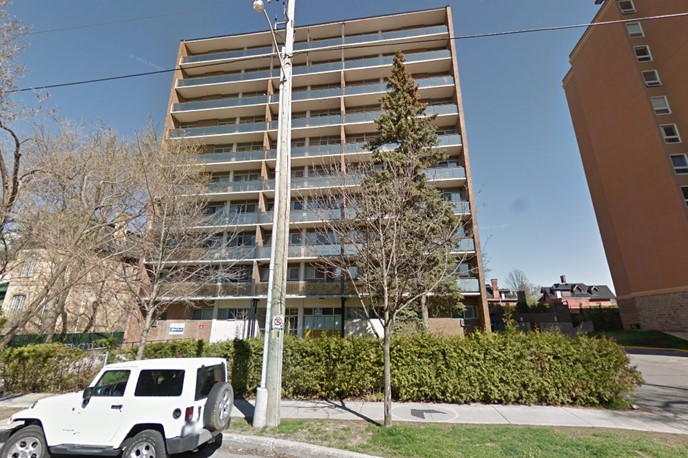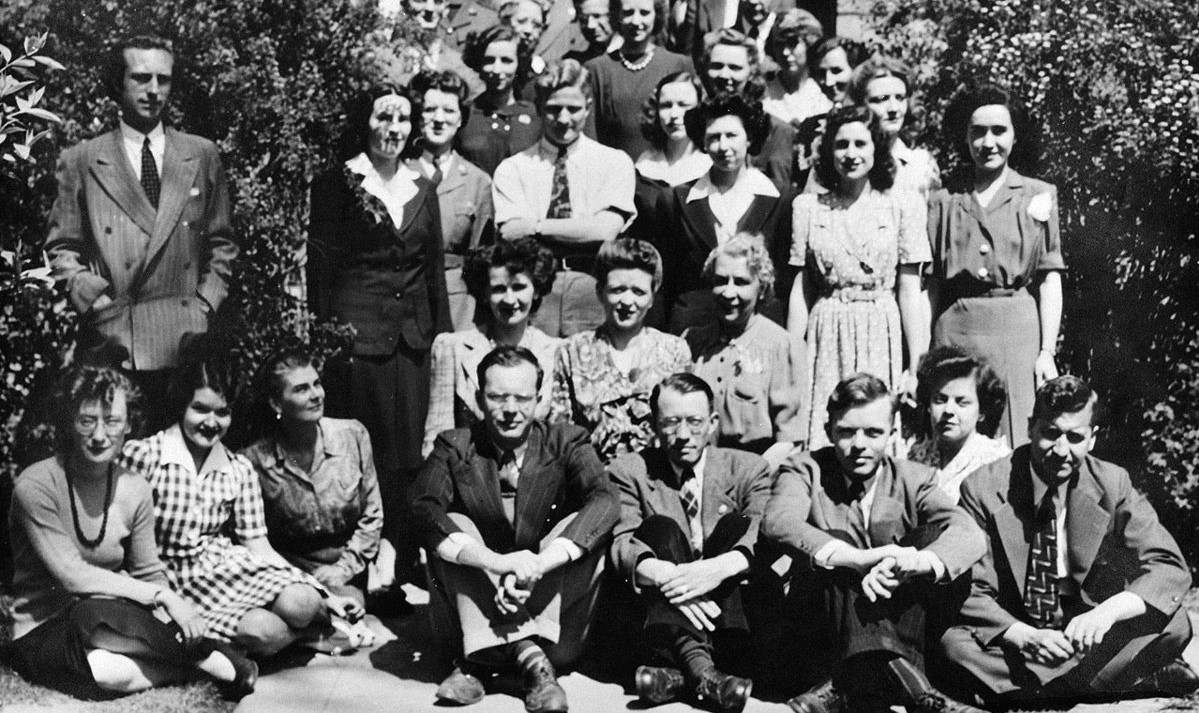A few streets down from MTBA’s office you can find a typical modern, mid-rise apartment building with recessed balconies, and flat roof, a common typology that can be found throughout Ottawa’s downtown. Although little indication is given, the site used to hold a unique piece of Ottawa’s History; an enigmatic Edwardian mansion that once served as an outpost in World War 2 for British spies.
The demolition of 345 Laurier Ave. E. was a loss for its surrounding community and for the city of Ottawa. It was an important piece of history that can’t be replicated, and if it had survived, it could have been one of our designated heritage buildings today. The loss of this building proves how essential it is that we fight to protect our existing heritage to ensure the economic, social and cultural benefits that they provide are protected for future generations to come.


Built in 1902 by John C. Edwards, the now demolished building at 345 Laurier Ave. E. was once inhabited by Edward Bremner and his family up until the Second World War. Bremner was part of Ottawa’s high society, holding esteemed positions in Ottawa’s lumber industry, and participating in many clubs and recreational activities. In 1942 the federal government purchased the house under the guise of the National Research Council, while the building operated as an outpost of the British Government’s Code and Cypher School at Bletchley Park. In fact, it was Lester B. Pearson’s idea to place a disarming plaque outside the mansion and label it a “National Research Council Annex.” Following the building’s important role in the Second World War it went back to its former use as a residence, until the 1960s when it was sold to a realty group, demolished, and replaced by a high-rise apartment, as part of Ottawa’s rapid change and development in the 1960s and 70s.

